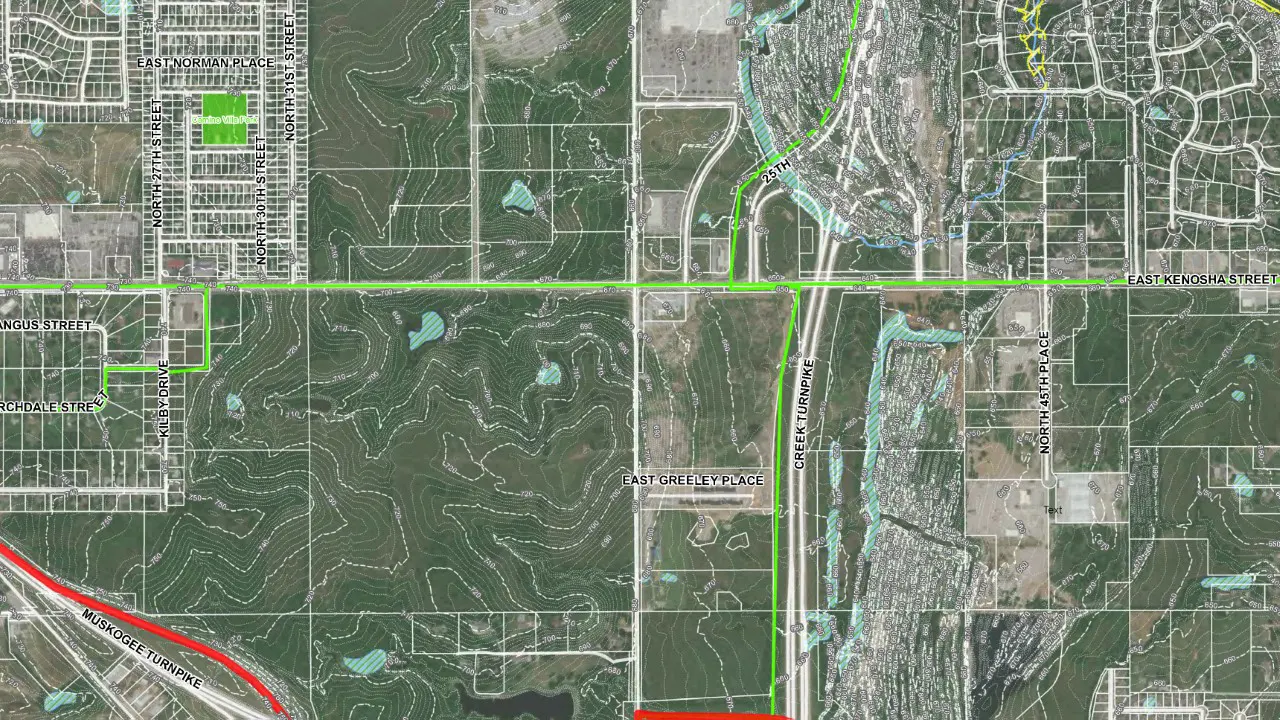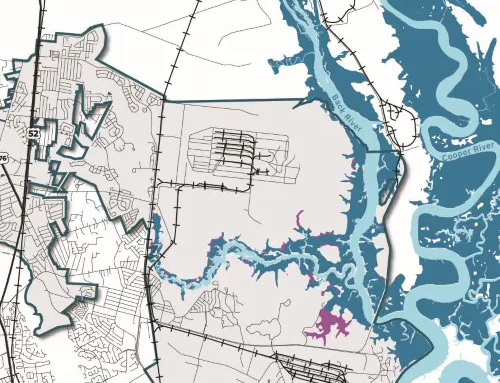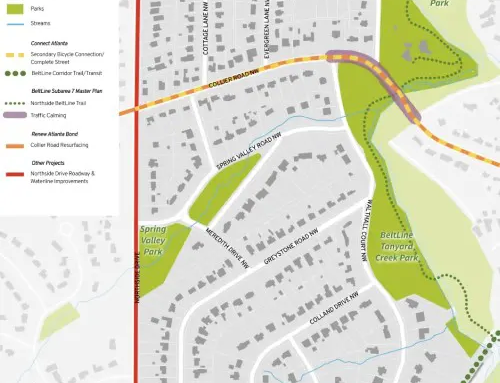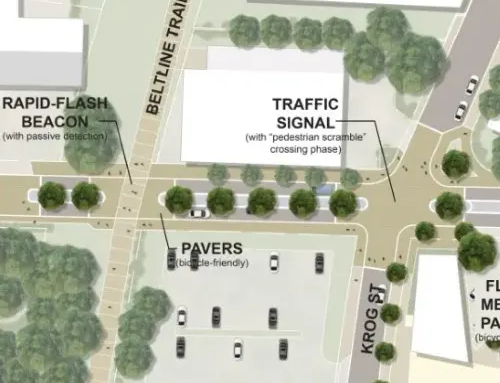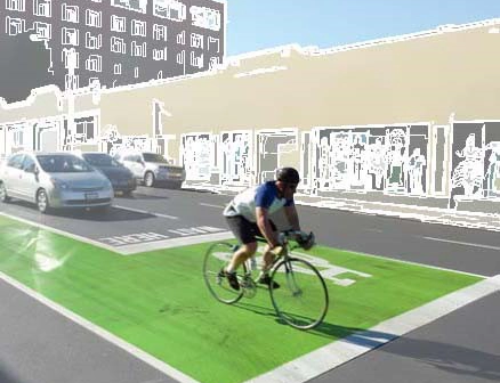Details:
Highlights:
Description:
The City of Broken Arrow, Oklahoma is currently working with TSW and a project advisory committee to provide planning services for a major update to the city’s existing East Side Study. The study area encompasses approximately 5 ½ square miles in Wagoner County, east of 23rd Street/County Line Road and north of Highway 51/Broken Arrow Expressway and Muskogee Turnpike. The update to the East Side Study will include recommendations related to future connectivity throughout the study area and a set of design standards and guidelines that will guide future growth and development patterns for the study area.
The East Side Study is an important tool for the City of Broken Arrow as it guides future growth and development within the study area. The existing study, which was last updated several years ago, does not fully reflect the current conditions and trends within the area. The TSW team, working with the City and the project advisory committee, will conduct a comprehensive analysis of the existing conditions, including land use, zoning, infrastructure, and transportation. This analysis will be used to identify areas of opportunity and potential constraints for future development within the study area.
The team will also gather input from the community and local stakeholders to better understand the community’s needs and priorities. Based on the findings of this analysis, the team will develop a plan that outlines a clear vision and achievable action items for the study area. The plan will include recommendations for future connectivity, both within the study area and with surrounding areas, and a set of design standards and guidelines that will guide future growth and development patterns.
The plan will include recommendations for transportation infrastructure, such as new or improved roads, sidewalks, and bike lanes, as well as recommendations for land use, zoning, and design guidelines. It will also identify areas of opportunity for economic development and will consider opportunities for housing, parks, and other community amenities. The plan will also include implementation strategies and cost estimates, to help guide the city’s budgeting and fundraising efforts.

